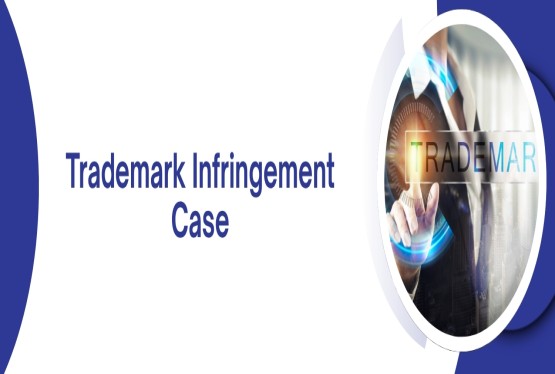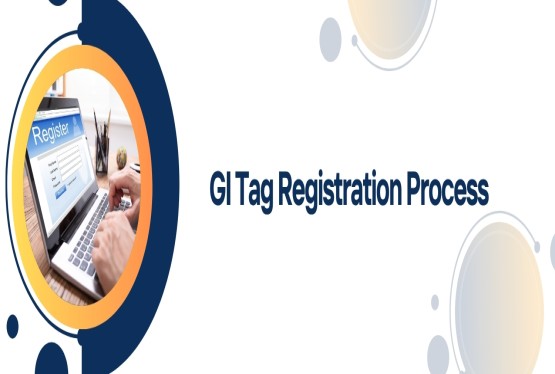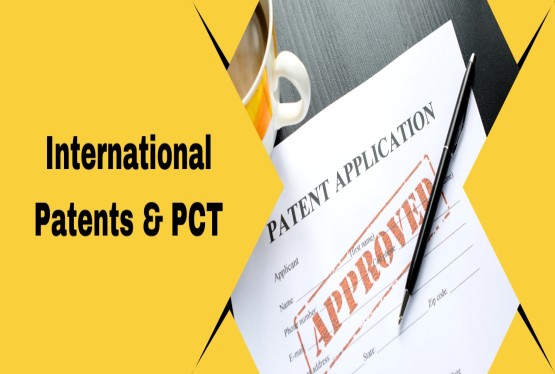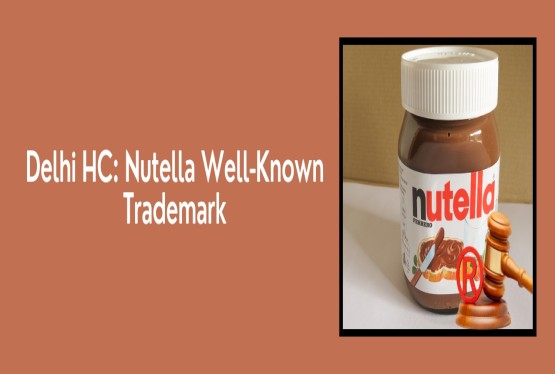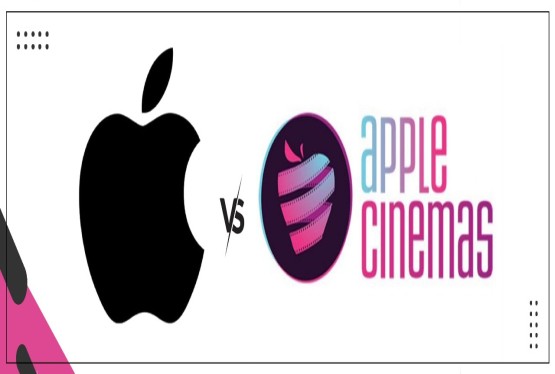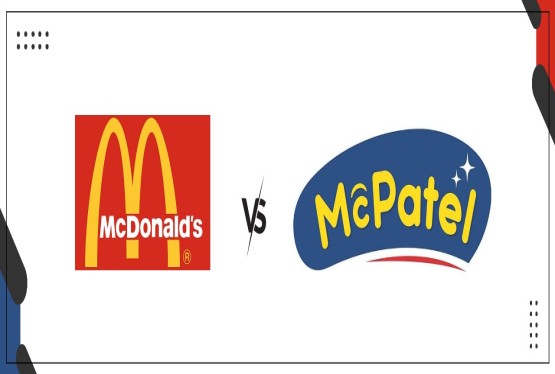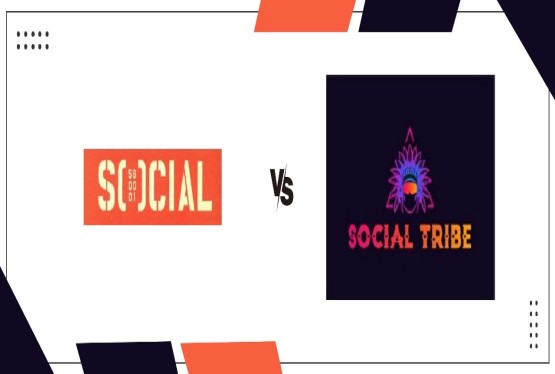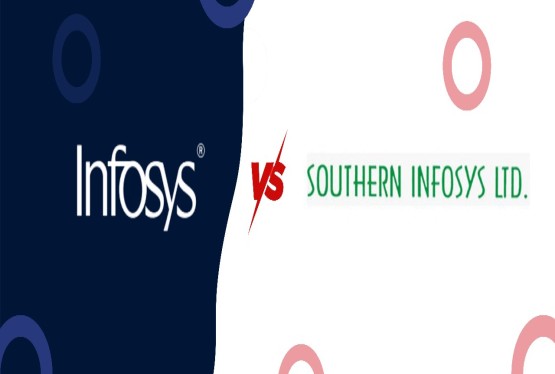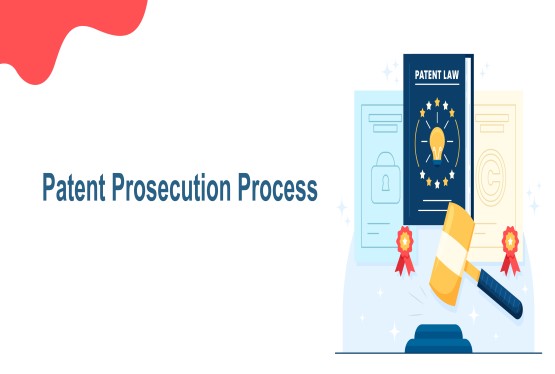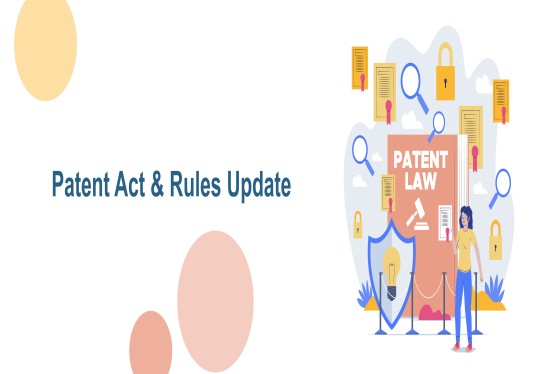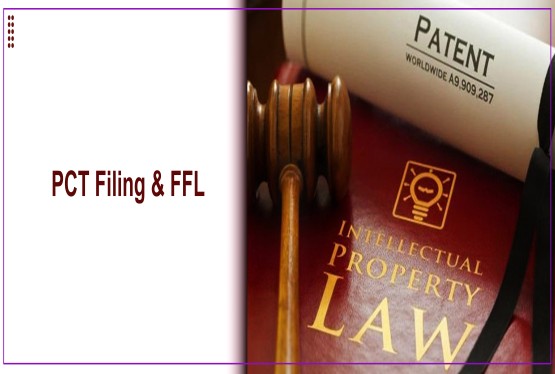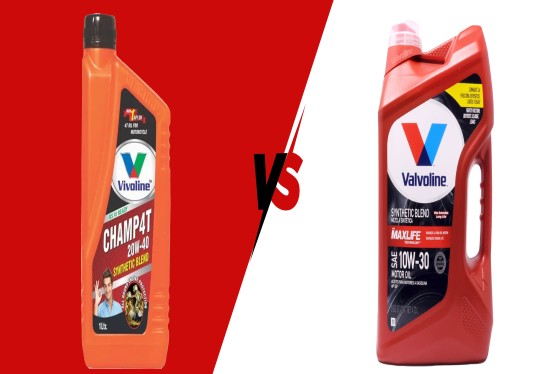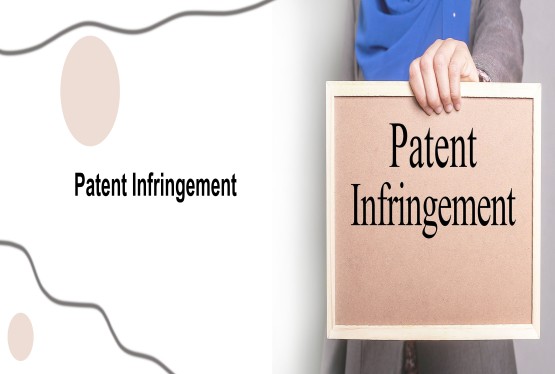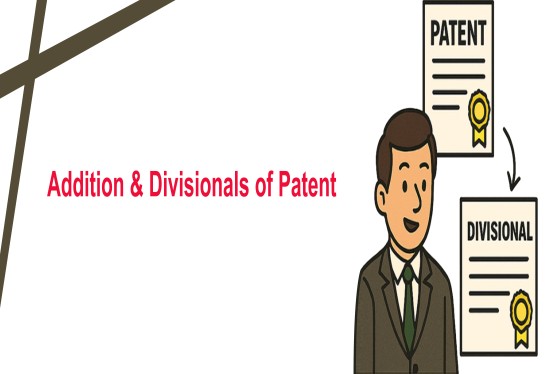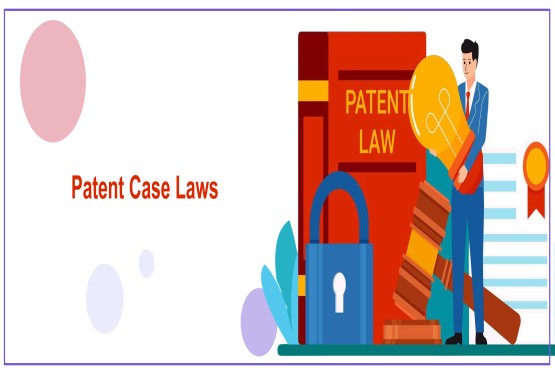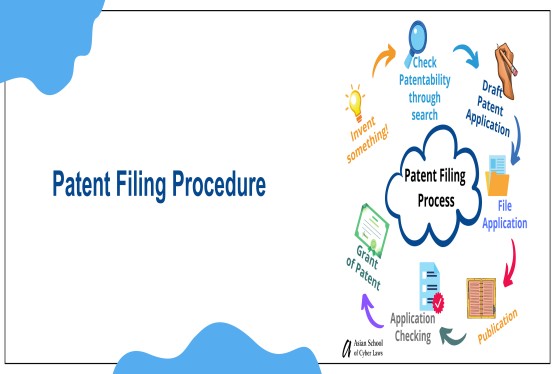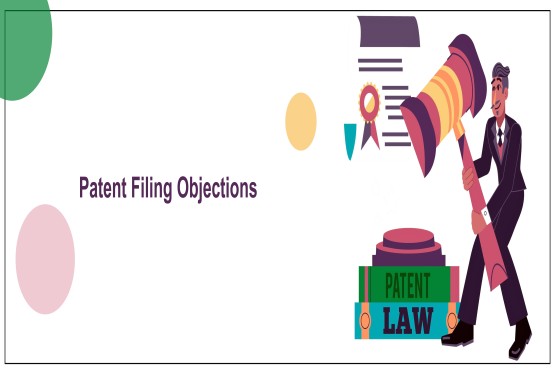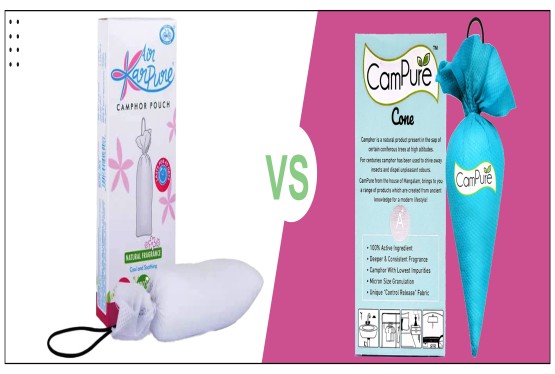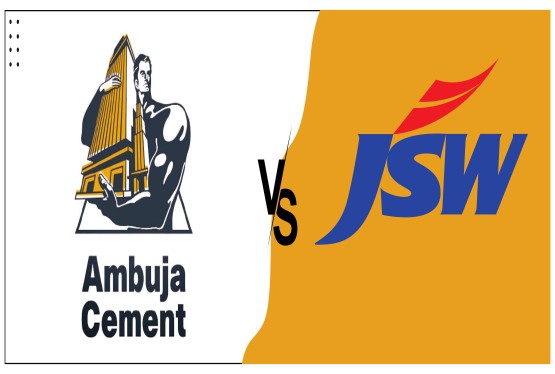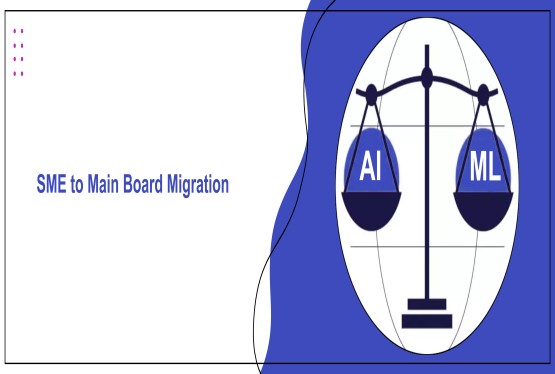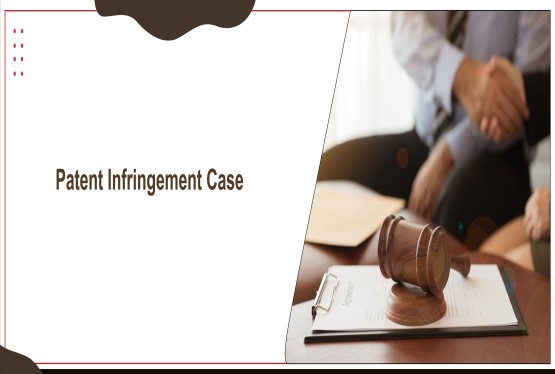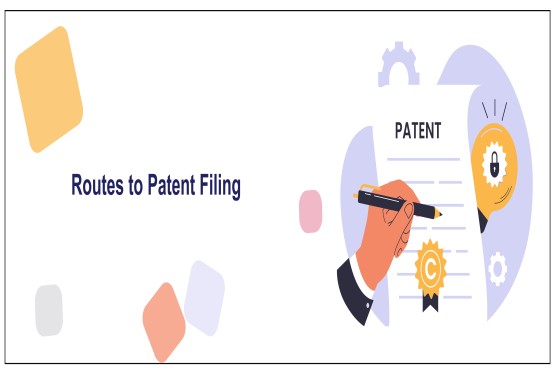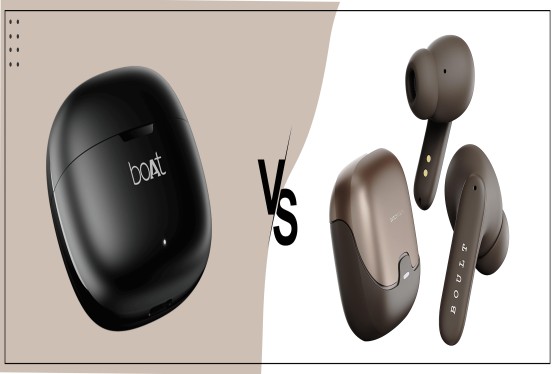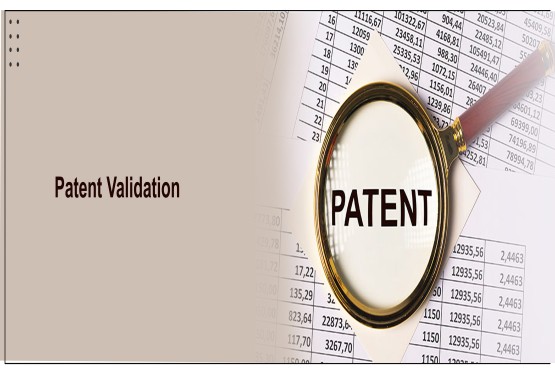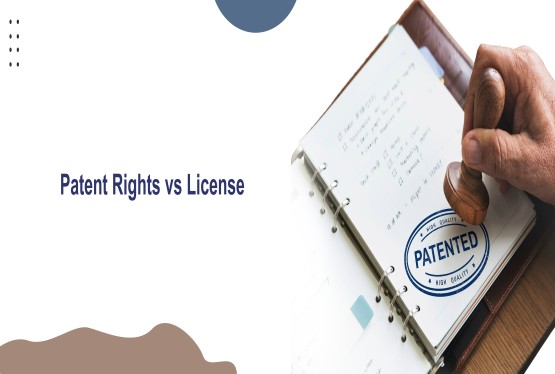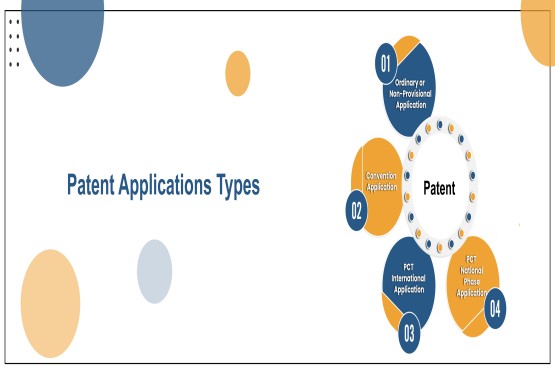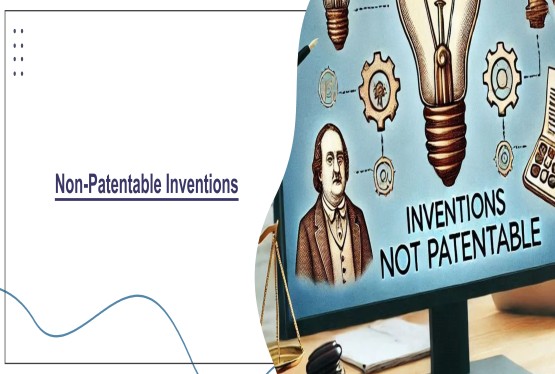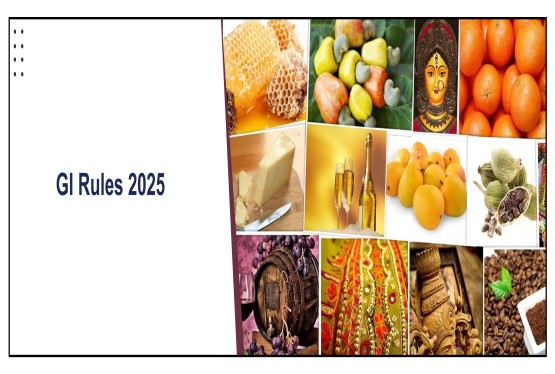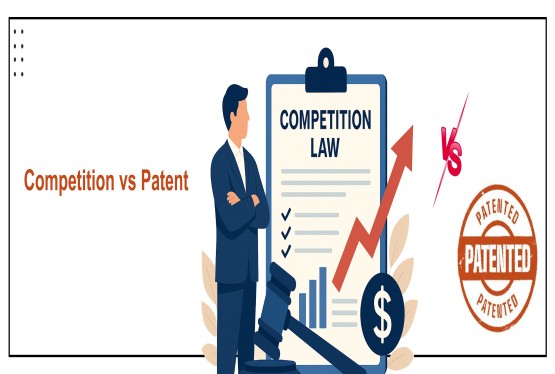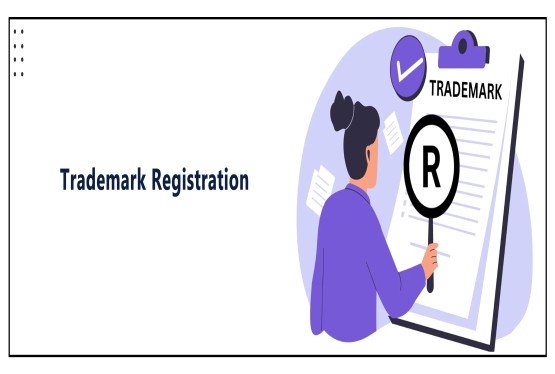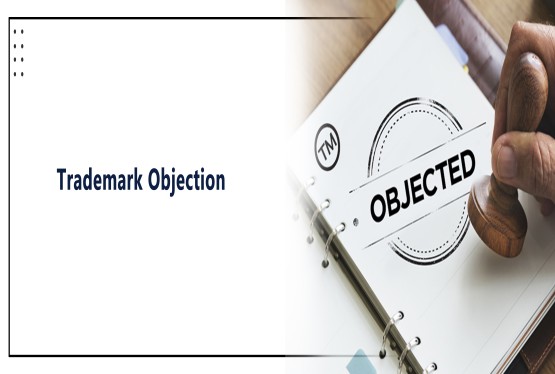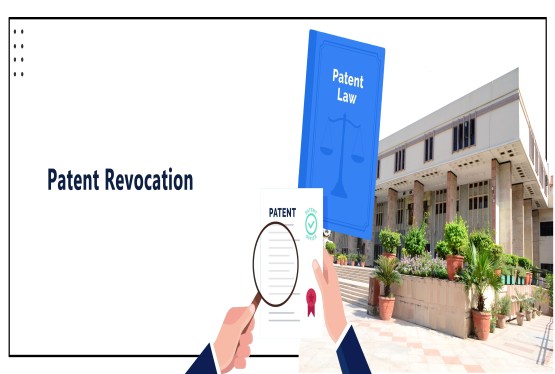In a patent application, claims are the heart of the document. While the specification describes the invention in detail, it is the claims that legally define the scope of protection. Essentially, claims draw a boundary around the invention, anything inside that boundary is protected, and anything outside can be freely used by others.
Importance of Claims in a Patent Application
-
Define Legal Protection: Claims specify the exact subject matter for which patent rights are sought. Courts, patent offices, and competitors rely on the claims to determine whether an invention is protected.
-
Determine Infringement: When assessing patent infringement, the claims are compared with the allegedly infringing product or process. If the product falls within the scope of the claims, infringement is established.
-
Strength of Patent Rights: Broadly drafted claims provide wider protection but risk rejection for lack of novelty or inventive step. Narrow claims, while easier to get approved, offer limited protection. Hence, claim drafting balances breadth and specificity.
-
Economic and Commercial Value: The value of a patent largely depends on its claims. Investors, licensees, and buyers review the claims to evaluate how much market exclusivity the patent offers.
-
Enforceability: Well-drafted claims make enforcement easier. Vague or poorly written claims can lead to disputes, invalidation, or difficulties in litigation.
Dependency of Claims
Patent applications typically include independent and dependent claims:
Independent Claims
-
Stand on their own.
-
Broadly define the invention without referring to any other claim.
-
Example: “A pen comprising a barrel, an ink reservoir, and a writing tip.”
Dependent Claims
-
Refer to and further limit an earlier claim (independent or dependent).
-
Provide additional features, variations, or embodiments.
-
Example: “The pen of claim 1, wherein the ink reservoir is replaceable.”
Role of Dependent Claims
-
Add fallback positions: If broad claims are rejected, dependent claims may still survive.
-
Increase specificity: They cover alternative versions, ensuring that competitors cannot easily design around the invention.
-
Aid in litigation: Courts may uphold narrower dependent claims even if broader independent ones are invalidated.
Final Word
Briefly, claims are the backbone of a patent application. They define what is legally protected, determine infringement, and establish the commercial value of the patent. Independent claims provide broad coverage, while dependent claims ensure layered protection, fallback positions, and practical enforceability. Thus, careful claim drafting and dependency structuring are crucial for maximizing the strength and longevity of patent rights.
FAQs
Q1. What are patent claims and why are they important?
Ans. Patent claims are the most critical part of a patent application. They define the exact boundaries of protection granted to the inventor. While the description explains how the invention works, it is the claim that establish what is legally protected. Without clear claims, the invention cannot be effectively enforced against infringers.
Q2. What is the difference between independent and dependent claims?
Ans. Independent claims stand alone and broadly define the invention without relying on another claim.
Dependent claims refer to an independent claim and add further details, limitations, or alternative embodiments.
For example:
Independent claim: “A mobile phone comprising a display and a processor.”
Dependent claim: “The mobile phone of claim 1, wherein the display is a touchscreen.”
Q3. Why are dependent claims necessary if independent claims already exist?
Ans. Dependent claims act as a safety net. If an independent claim is rejected during examination or invalidated later in court, the dependent claims may still survive. They ensure that at least some form of legal protection remains, even if the broadest scope is not granted.
Q4. How do claims affect patent infringement cases?
Ans. Infringement is judged by comparing the claims with the accused product or process. If the product contains all elements of a claim (independent or dependent), it infringes. Therefore, strong and well-drafted claims make it easier to enforce patent rights.
Q5. Can broad claims be risky?
Ans. Yes. While broad claims provide wider coverage, they are more likely to face objections for lack of novelty or obviousness. Patent examiners may reject overly broad claims. Narrower dependent claims often help balance this risk by covering specific embodiments.
Q6. Do more claims mean stronger protection?
Ans. Not always. The strength of protection lies in the quality, clarity, and strategy behind the claims, not just their number. However, having a mix of broad independent claims and multiple dependent claims usually ensures better layered protection.
Q7. How should inventors approach claim drafting?
Ans. Claim drafting should be strategic. Independent claims must be broad enough to cover the core invention, while dependent claims should address variations, alternatives, and fallback positions. It is best done with the help of patent professionals to avoid weaknesses in enforceability.

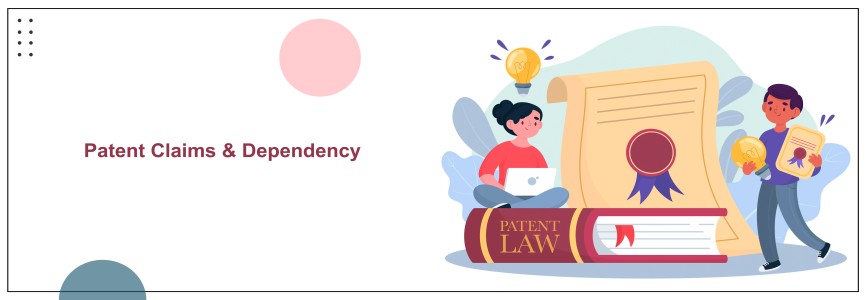




























_(b)_of_the_Trademark_Act,_1999_(1)_crop10_thumb.jpg)



_crop10_thumb.jpg)




























_crop10_thumb.jpg)
_crop10_thumb.jpg)






_crop10_thumb.jpg)








_crop10_thumb.jpg)



_crop10_thumb.jpg)





























_crop10_thumb.jpg)

















_crop10_thumb.jpg)






_crop10_thumb.jpg)












































































































































_crop10_thumb.jpg)




































_crop10_thumb.jpg)












_crop10_thumb.jpg)


















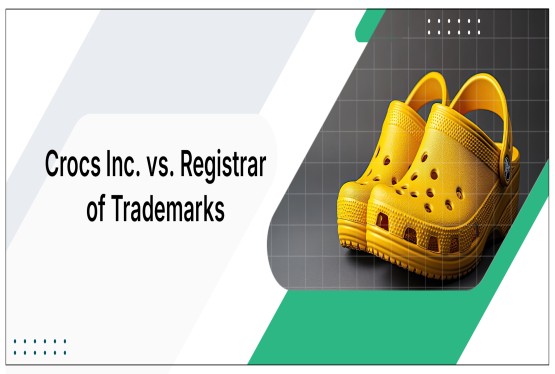




























_crop10_thumb.jpg)






